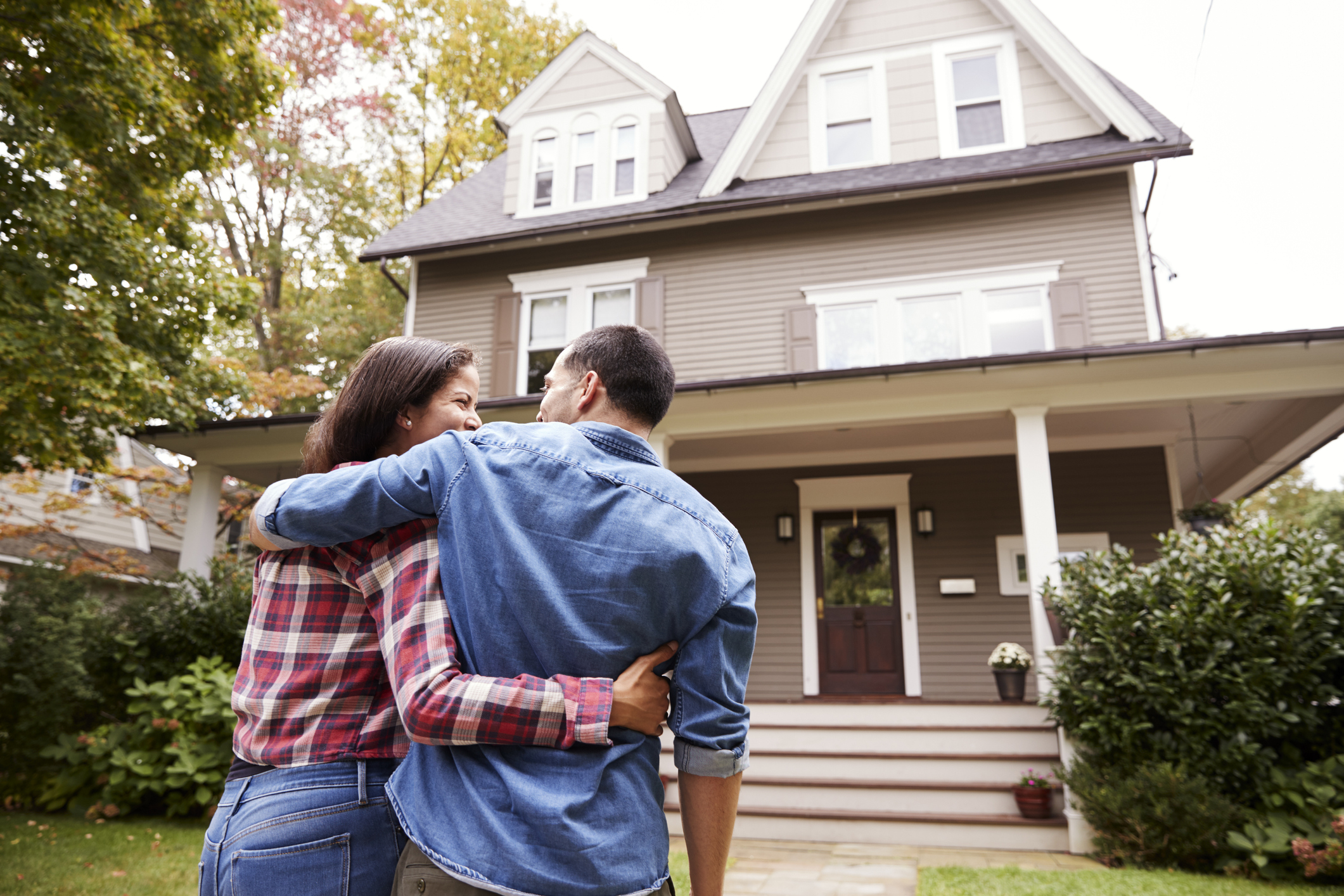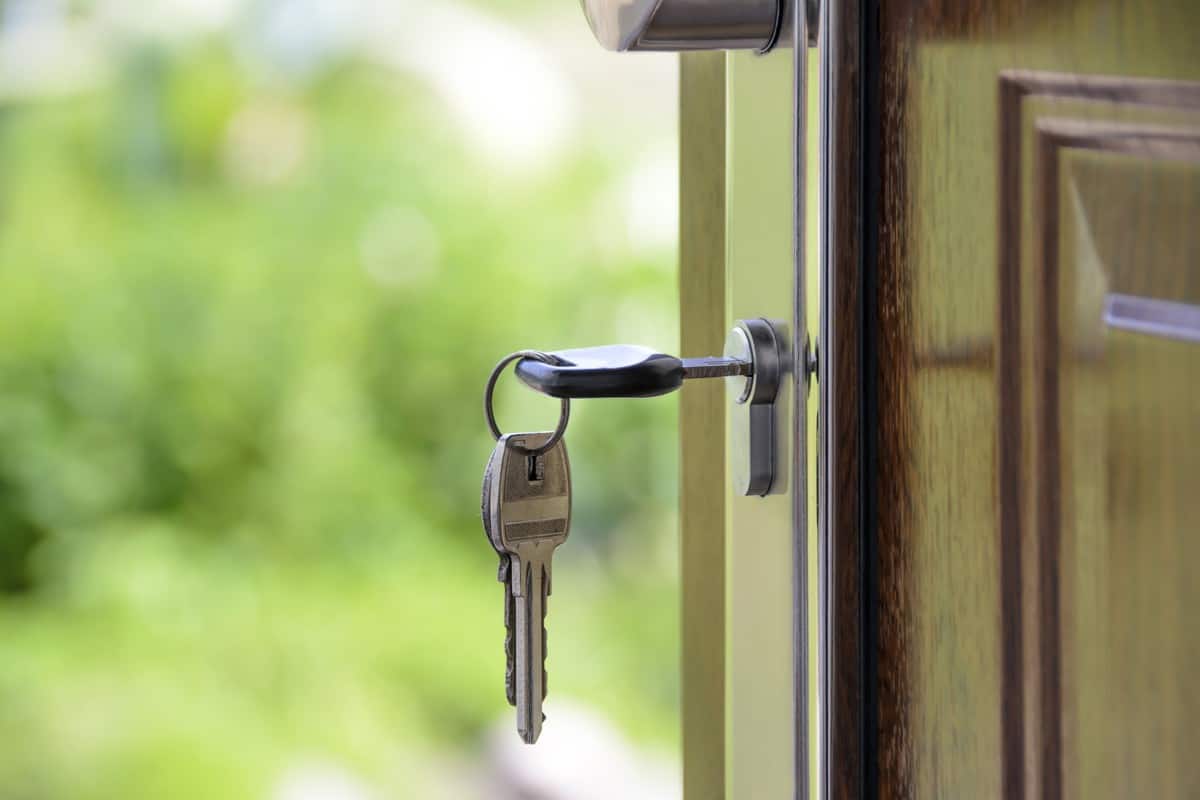As a teenager, I always assumed I would own a home. Adulthood seemed like a faraway destination and I wasn’t sure when (or how) I would arrive, but from what I could tell, home buying seemed like an inevitable part of it. But now that I’ve been out of college for nearly five years, I’m no longer sure if my dream of homeownership is realistic, and that’s largely because I live in a high cost-of-living city.
With a median home price of nearly $600k in Southern California, real estate in my area is shockingly expensive. In fact, it’s so expensive that when I crunch numbers in a rent vs. buy calculator, it might make more financial sense for me to pay monthly rent instead.
Here’s what that means for my finances and how I’ve adjusted my “American dream.”
Rent or Buy
For a cute 2-bedroom apartment in a safe neighborhood, the rent payment is about $2,300 in my Southern California city (and is far more expensive in cities like San Francisco). The monthly rent would probably include plenty of amenities like a pool, gym, and dog park. Depending on the area, you might sacrifice amenities for proximity to the ocean. Instead of a pool, I would be able to bike to the beach. Either way, gardeners could come once or twice a week to maintain the landscaping and any necessary repairs could be handled by the landlord. That leaves plenty of time for fun hikes or long days at the beach.
According to Zillow, a similar 2-bedroom unit costs about $510,000 to buy (or about $600,000 for a unit closer to the ocean). With a 10% down payment and a standard interest rate of 4.2%, the total monthly mortgage payment would be about $2,400 including private mortgage insurance. In other words, it could be approximately $100 per month cheaper to rent than to buy.
That might not sound like a lot of money, but over the course of a year, I could save nearly $1,200 by paying monthly rent instead of paying a mortgage payment. But when it comes to whether you should rent vs. buy, the true price of homeownership becomes clear once you add up all the other monthly costs and fees.

The True Cost of Homeownership
Here’s the deal — buying a home is a complex process that involves a lot of different factors like credit score, down payment amount, mortgage interest rates, closing costs, length of time you plan to stay in the house, and much more. But regardless of the specific factors, buying a home almost always involves spending a lot of money upfront. Here’s how much I could save by renting instead of buying.
1. Down payment
According to Fannie Mae and Freddie Mac — the government-sponsored companies that guarantee most of the mortgages in America — 20% of the total cost of the home is the ideal percentage for a down payment. If your down payment is less than 20%, you have to pay Private Mortgage Insurance (PMI) because you would be a “riskier” borrower since you don’t have as much equity in the home. It might sound complicated, but the takeaway is simple: down payments are expensive, especially in expensive cities.
According to financial experts, I should save 20% or $102,000 to buy a standard 2-bedroom apartment in my city. But even if I only save 10% and pay private mortgage insurance, I would still need to save $51,000.
How much I could save by renting: ≈$102,000
2. Property taxes
California is notorious for having high property taxes and there’s a reason. Even though the property tax rate of 0.76% is comparable to other states, Californians pay a lot in property taxes because property is so expensive. For a $510,000 apartment in my city, I could expect to pay $4,000-$5,000 per year in property taxes.
How much I could save by renting: ≈$4,500/year
3. Closing costs
Buyers pay closing costs at the time of closing on the home. Closing costs are one-time fees that cover some of the legal costs of buying a home, and they range from 2%-5% of the purchase price of the home. A $510,000 apartment with a 3% closing fee would total $15,300.
How much I could save by renting: ≈$15,000
4. Homeowner’s insurance
In general, homeowners should expect to pay about $35 per month for every $100,000 of home value. For a 2-bedroom apartment in my city, that would equal about $175 per month or $2,100 per year. Compared to an average renter’s insurance payment of $20 per month or $240 per year, that’s a huge difference in expenses.
How much I could save by renting: ≈$1,860/year
How I’m Building Wealth Without Homeownership
At first glance, it may seem like getting a good mortgage rate and buying a home is the cheaper option. After all, it’s only $100 more per month for the monthly payment. But when you actually dig into the numbers, the cost of homeownership extends far beyond the mortgage payment. Plus, there’s an opportunity cost. When it comes to homeownership, the opportunity cost is the loss of potential gain from investing or saving your money instead of tying it all up in a mortgage payment.
Because here’s the deal — homeownership isn’t the only way to build wealth or create a stable financial future. Instead of saving for my future with a mortgage payment, I’m investing and saving the money I’ve saved by renting. It may not be traditional, but it works for me.
The Bottom Line
I choose to live in an expensive city, and because of that, I’ve had to redefine what the American dream looks like for me. Instead of a building equity in a two-story house with a big backyard, my current version of the American dream looks like beach runs, beautiful hikes, and high-yield savings accounts. Maybe one day my dream will change and I’ll buy a home, but for now I’m happy to save money and enjoy the Californian sunshine.



